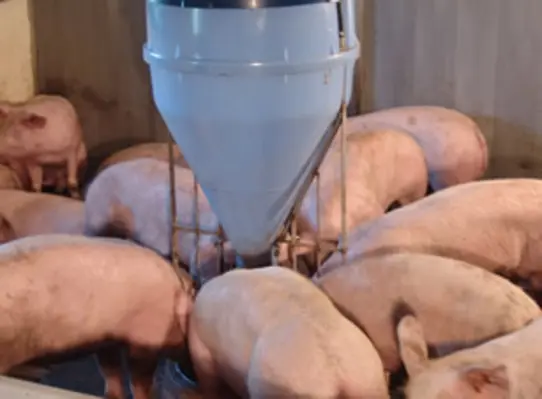EVEN WITH VOLATILITY in the pricing of crude oil, work is continuing to improve the viability of biodiesel as an alternative.
As discussed in an article published recently in ‘Tribology & Lubrication Technology’ (TLT), the many challenges in working with biodiesel include suitable feedstocks, cost-effective processing and preparing a final product that meets industry specifications.
In a previous TLT article, Kemin highlighted the use of a solid catalyst to reduce free fatty acid content and an ion exchange resin that can reduce impurities such as residual sodium methylate catalyst, soaps and glycerin. These steps all help to produce acceptable biodiesel that meets industry requirements. But minimisation of contaminants in biodiesel does not eliminate the problem with oxidation inherent in the actual vegetable oil. For example, one common feedstock for biodiesel is soybean oil.
The largest fatty acid chain incorporated into soybean oil is linoleic acid at a concentration of approximately 55 per cent. Linoleic acid is an example of a polyunsaturated fatty acid which is readily known to oxidize, leading to the breakdown of biodiesel and formation of higher concentrations of engine deposits. Steps that can be taken to understand better the rate of oxidation and how antioxidants perform in lubricants are needed to minimise this problem. Dr. Jennifer Radosevich, vice president of research and development for Kemin Industries, Inc., says, “We recognise that oxidation is a threat to the viability of biodiesel and have conducted a study to determine the impact of an antioxidant in a lubricant over a long-term storage period.”





